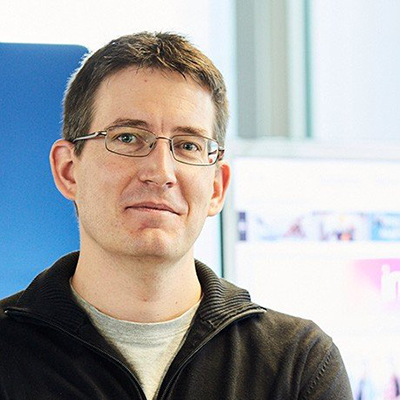La gestione dello streaming, dei metadati del flusso e del controllo della riproduzione avviene nel livello centrale.
EOS può avere una o più sessioni di streaming. Ogni sessione viene definita "catena". Una catena è composta da una sorgente, zero o più processori e un sink. Il modulo responsabile della creazione, del riciclo e della distruzione della catena è chiamato chain manager.
Il chain manager controlla le fonti disponibili per uno specifico URL. Poi, a seconda del tipo di uscita della sorgente e delle funzionalità supportate, vengono collegati tutti i processori necessari e alla fine viene collegato il lavandino.
Ogni catena ha un controller di riproduzione e un gestore di dati assegnati. Il controller di riproduzione si occupa della riproduzione (ad esempio play, stop, trick play, ...), mentre il gestore dei dati gestisce i metadati del flusso (ad esempio televideo, sottotitoli, ...). Il gestore dei dati gestisce una serie di moduli principali, i motori. I motori sono parser e aggregatori di metadati del flusso indipendenti dalla piattaforma. Vengono collegati alla catena se tali metadati sono disponibili nel flusso.

